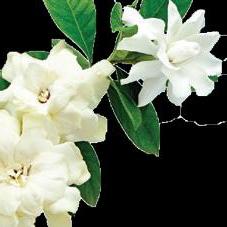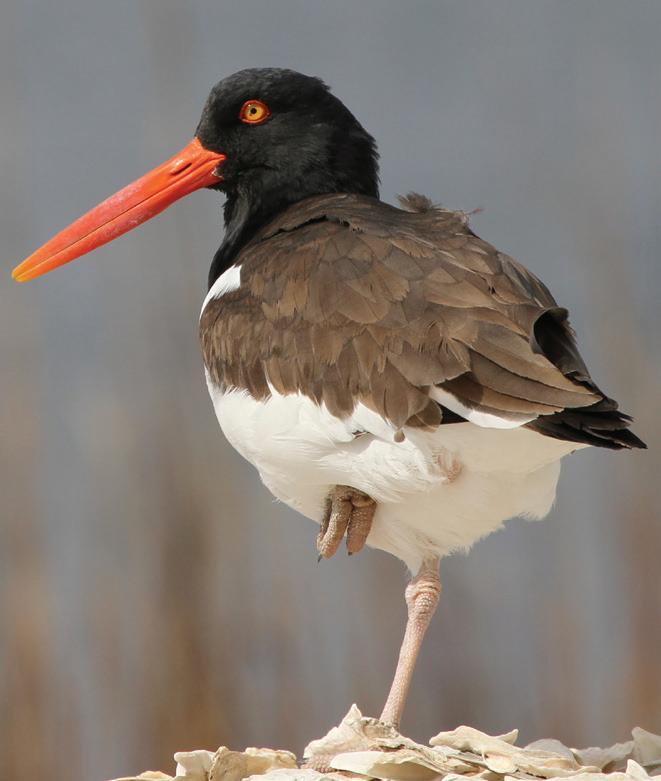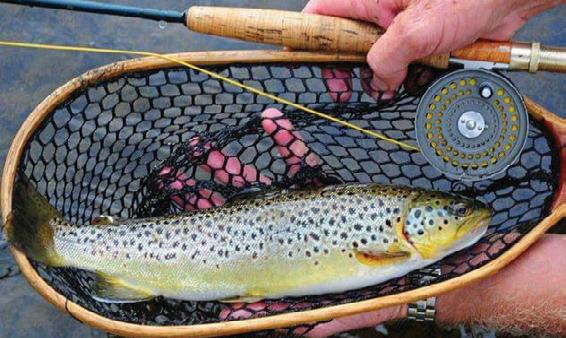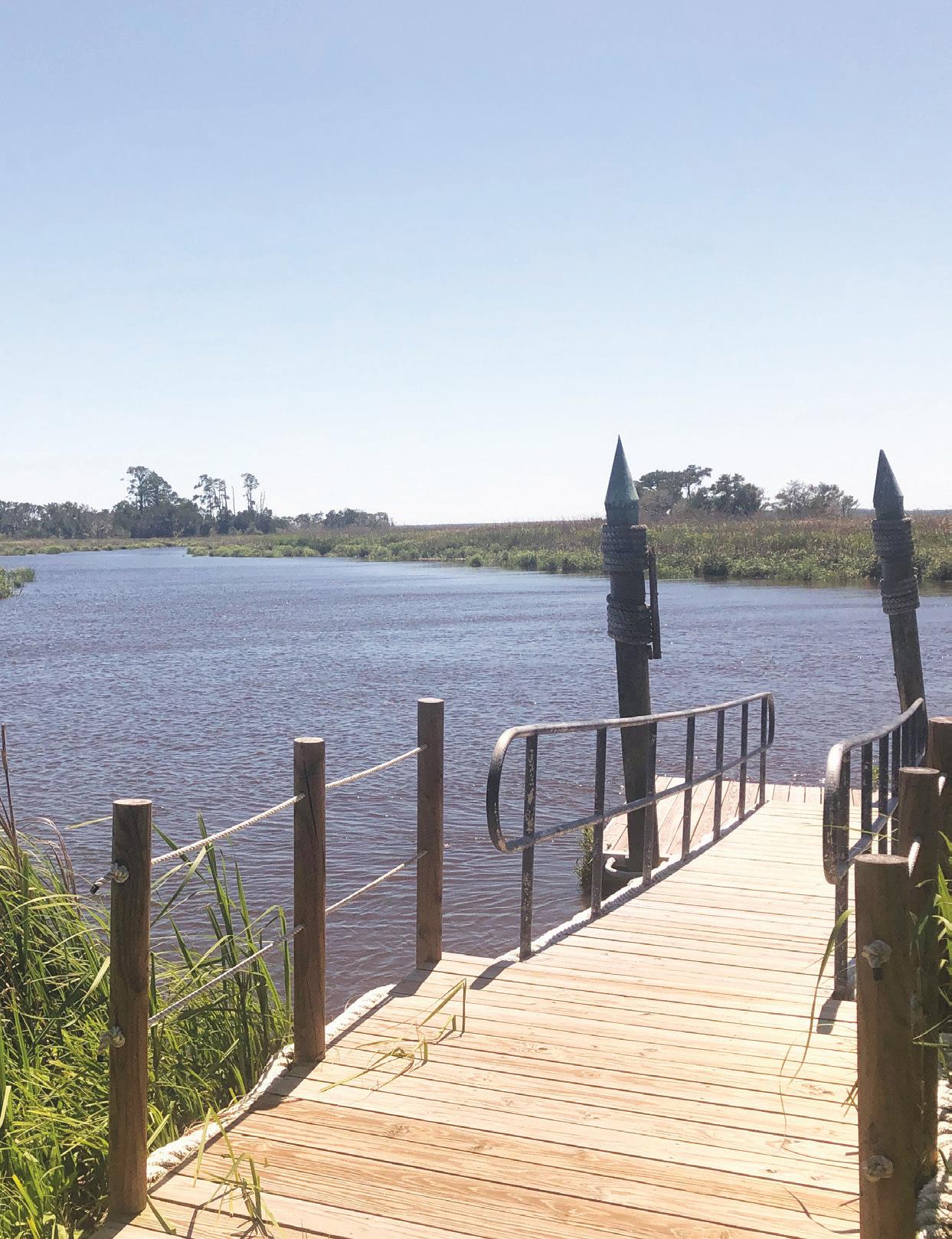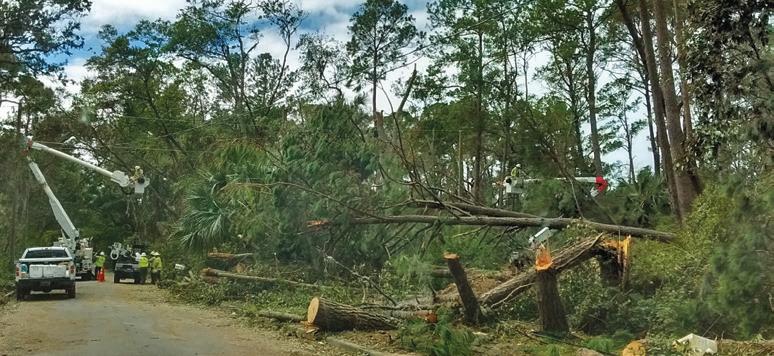Marsh Tacky Magic Back from the Brink By Josephine Johnson Contributing Writer
"L
ooks like you’re ready to ride,” says Erica Veit, executive director of the Daufuskie Marsh Tacky Society. The young rider smiles. She is clad in purple helmet and bright crimson cowgirl boots. “Let’s get you set up on Roxy, and we’ll hit that trail soon,” Veit tells her. The young girl, seven-year-old Kyker Jones, of Jonesborough, Tenn., gives a thumbs up, another big grin, and waits patiently for her mount. She and her older brother, Kane, are about to go on their very first horse adventure deep in the Spanish moss, palmetto, and live oak wilds of Daufuskie Island, S.C. The horses they’ll ride aren’t just any quarter horse trail mix. These animals are Carolina marsh tackies, native to South Carolina’s lowcountry with bloodlines reaching back to the 1500s and the Golden Age of Spain. Kyker and Kane are saddling up in the paddock of the Daufuskie Marsh Tacky Society, a breed-conservation non-profit launched in
2015 whose mission is to promote these special horses within the lowcountry and beyond. “The Marsh Tacky is a living piece of history,” explains Veit, “They are genetically unique and classified as a breed related to other colonial Spanish horses like the Florida cracker horse, North Carolina’s banker horse, and even Spanish mustangs out west. There’re about 400 marsh tackies in existence, and it’s only here on Daufuskie that you’ll find them in their native context.” And then after minor girth and stirrup adjustments, Kyker and Kane’s horses are fully saddled, and Veit leads her two young charges into Daufuskie’s dense forests and marshlands. The Carolina marsh tackies are the result of 400 years of isolation in South Carolina’s lowcountry islands. Their ancestors were drop-offs and runaways from the Spanish who once occupied St. Elena, now Parris Island, S.C. Time, seclusion, and unique genetics forged a breed specifically suited for this beautiful albeit hot, humid, swampy place. Marsh tackies are stocky, exceptionally sure-footed, cheerful, responsive, and very social. From the mid-1500s, a tenacious population of diminutive Spanish horses grew to become the lowcountry’s powerful working backbone. Chickasaw, Creek, and Chocktaw people were among the earliest to domesticate, use, and trade them. Marsh tackies were also the preferred breed during the Revolutionary War. General Francis Marion—the “Swamp Fox”—outwitted the Brits by successfully maneuvering through the South’s murky bogs on marsh tacky mounts. These horses were also indispensable to the Gullah community—from the Civil War and into the 1960s—as they were many families’ primary tool for pulling, plowing, and all things agricultural. But with the advent of the car and 20th century technology, marsh tackies were used less and less on the islands. In the 1990s some believed them extinct entirely. But just enough of these unique horses remained so that some savvy scientists finally determined just how special the horses are. In 2006, a research team from Virginia Tech began untangling the animals’ genetics. After a couple of seasons, they deemed the
Above: Kyker Jones waiting patiently with Roxy for their trail ride. Top Right: Kane Jones sitting comfortably in the saddle. Photos by Josephine Johnson 20
Southern Tides Magazine
June 2020



